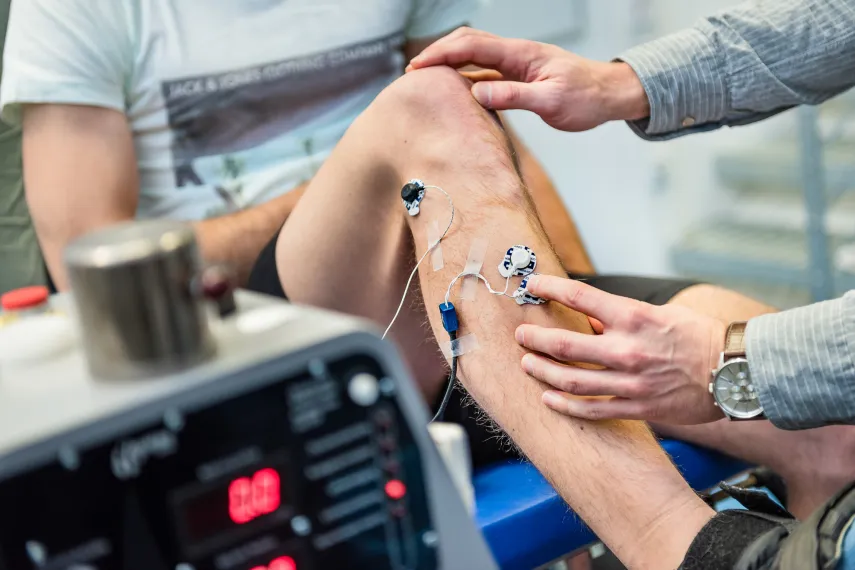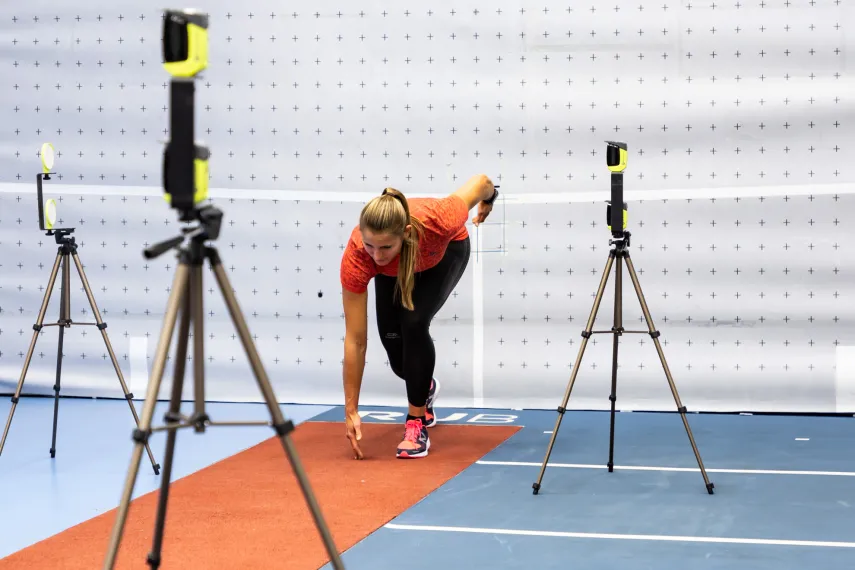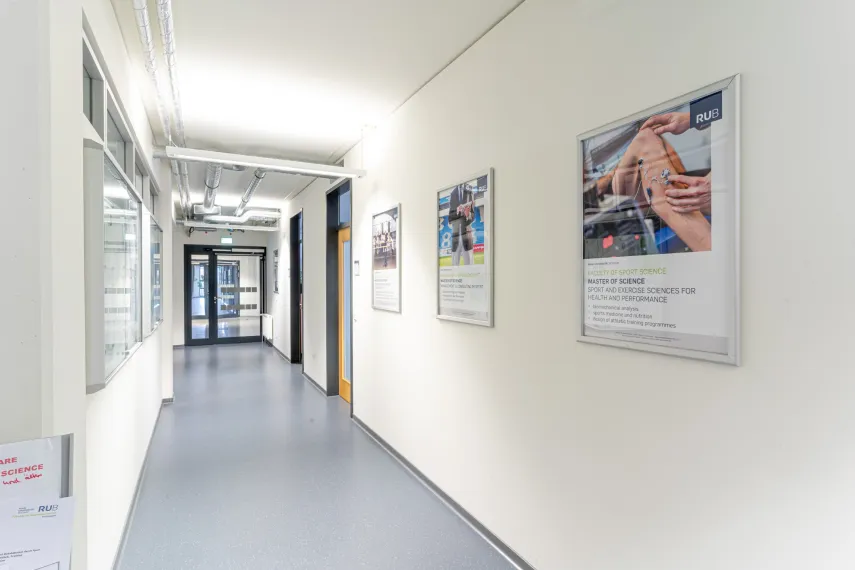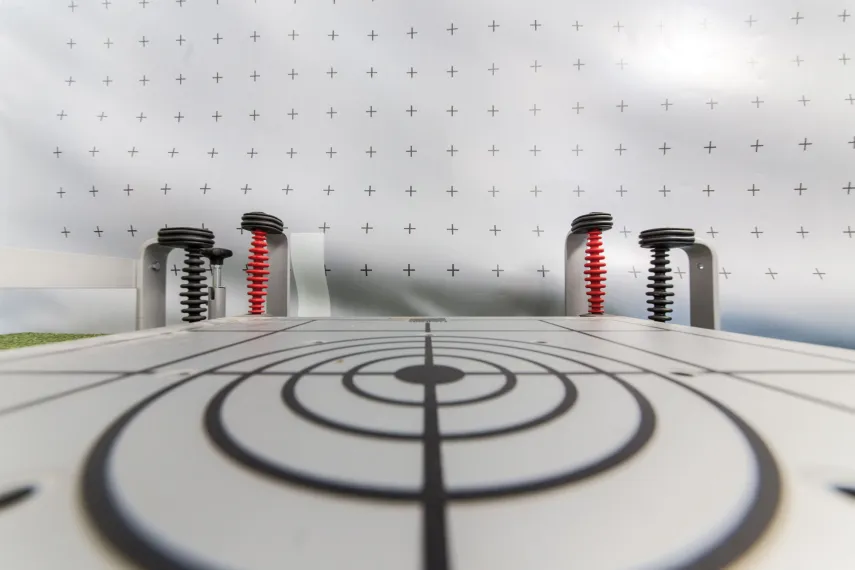Teaching and research area
Human Movement Science
What happens in our body when we move? Human Movement Science at the RUB researches and teaches the interplay and interaction between the nervous system and the biomechanics of the musculature.
Humans have amazing abilities to perform movements, both in everyday life and when making music or playing sports. This is made possible by the interaction of the nervous system and the musculature. The attraction of movement science is to explore precisely this interaction in order to better understand how movements can be learned and brought to perfection, but also how movements can be restored in the event of injury or illness.
Back to the overview




